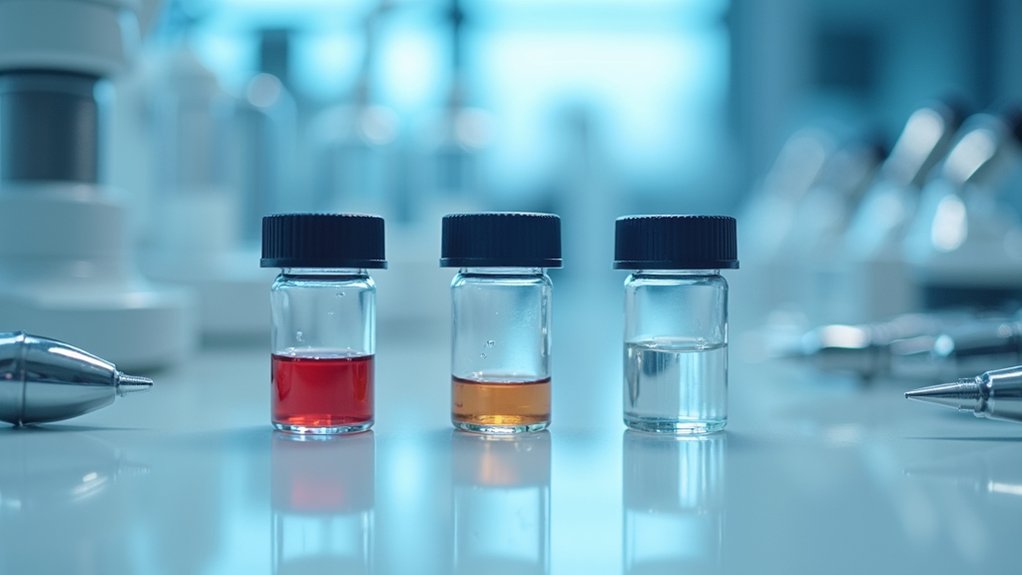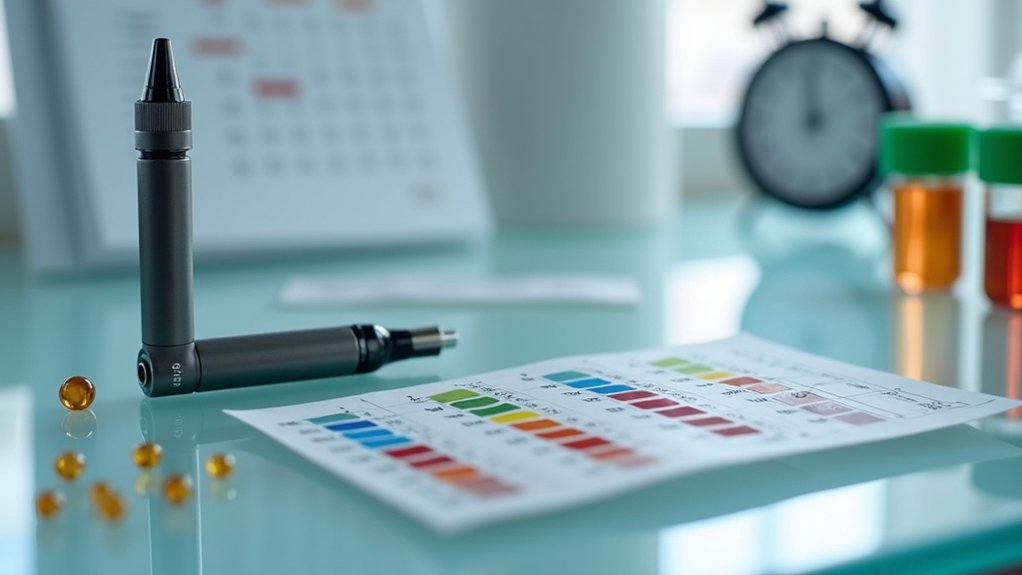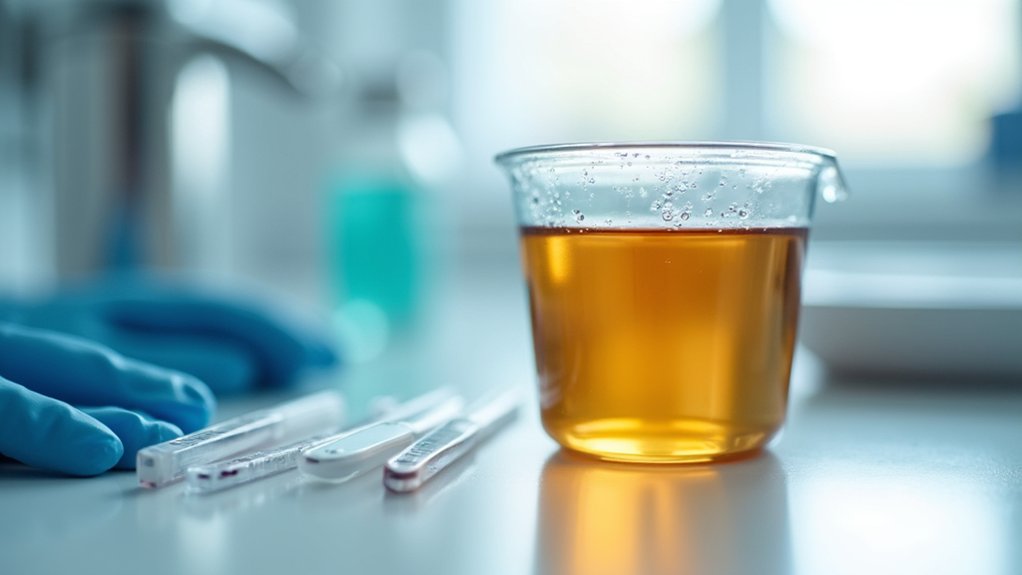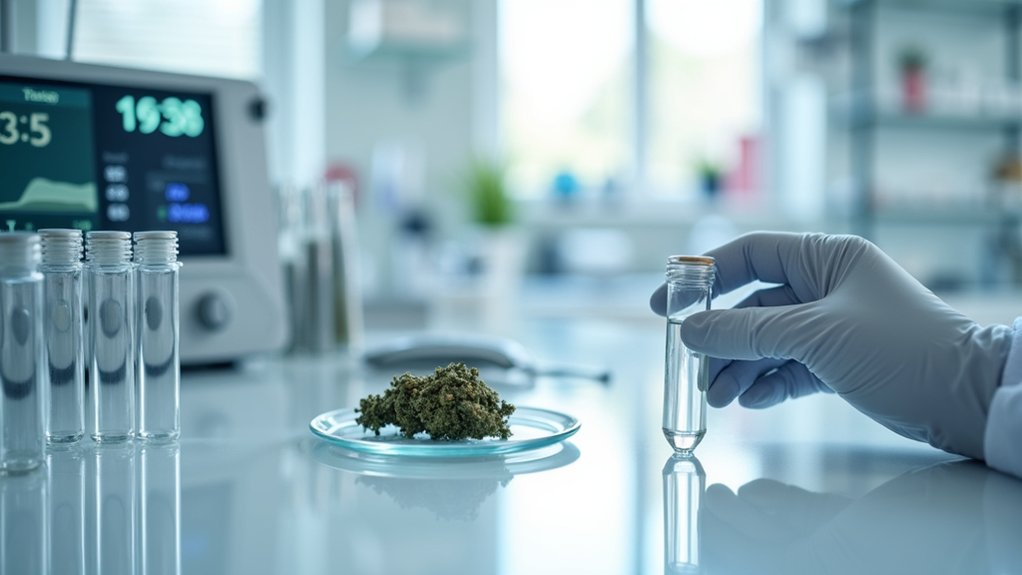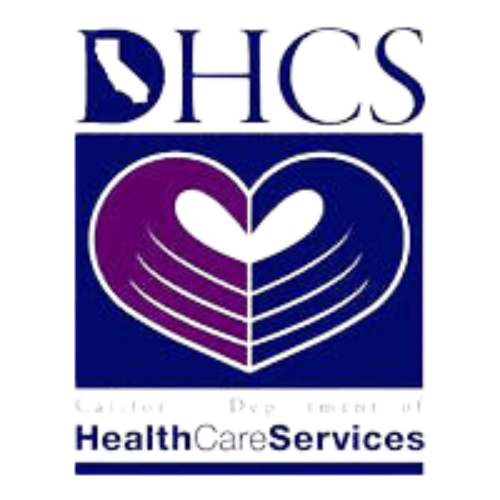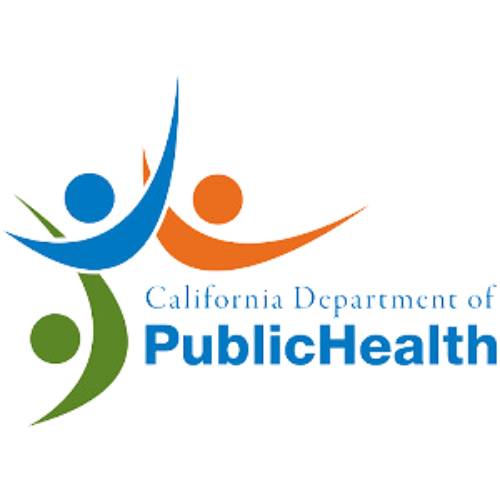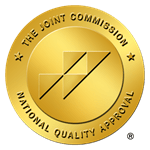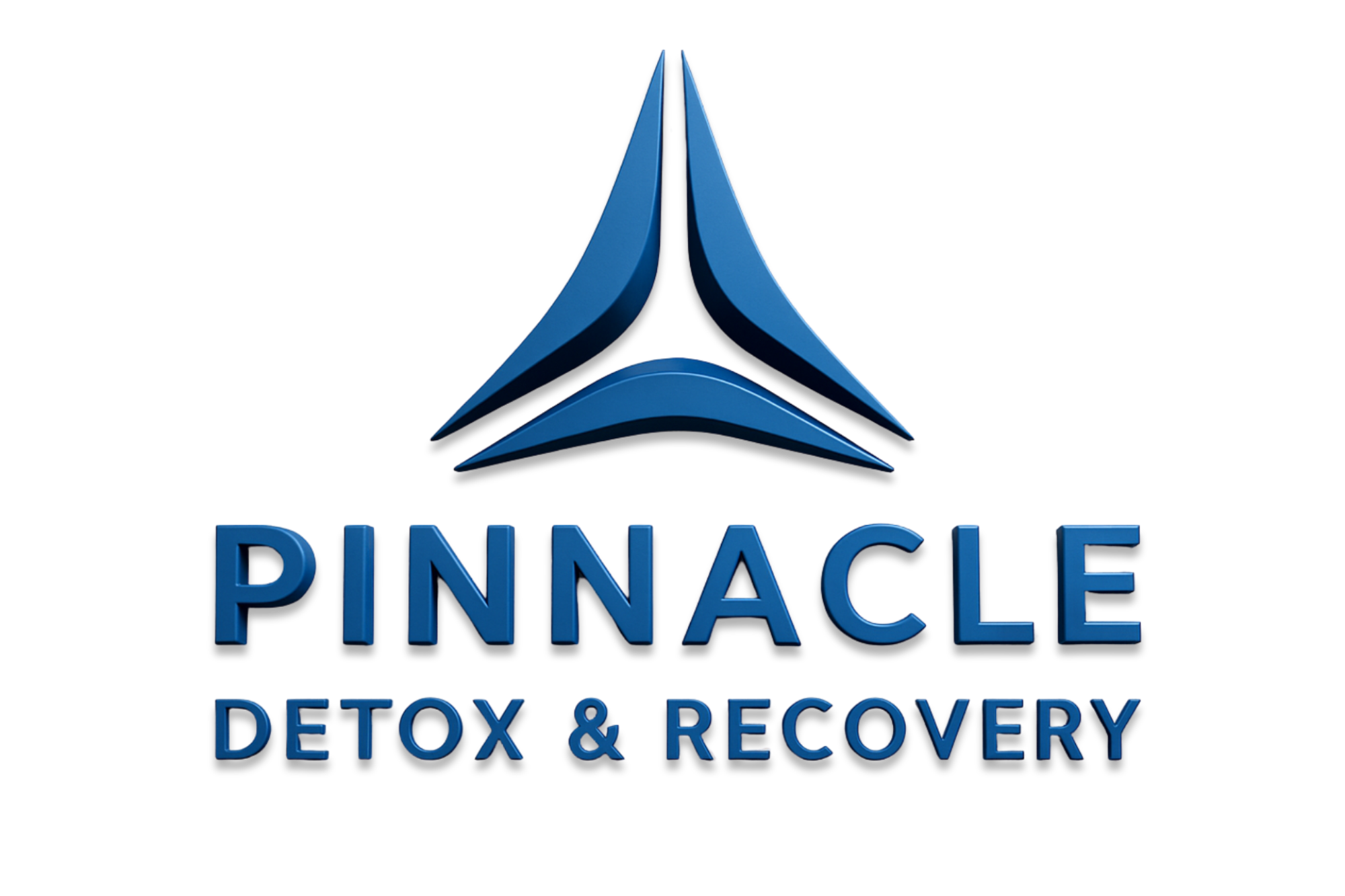Today's
structured addiction recovery programs offer you personalized treatment through both
inpatient and outpatient options. You'll find
evidence-based approaches combining traditional therapy with modern technology, including virtual care platforms and AI-driven monitoring. Programs now integrate
medication-assisted treatment, trauma-informed care, and creative therapies while considering your cultural background and specific recovery needs. Whether you choose 24/7 inpatient supervision or flexible outpatient care, all-encompassing support systems await your next step in the direction of recovery.
The Landscape of Modern Recovery Programs
Recovery programs have evolved dramatically in the contemporary period, combining
evidence-based treatments with
cutting-edge technology to create more accessible and effective solutions. You'll find thorough approaches that integrate
virtual care platforms,
AI-driven monitoring, and
wearable devices to provide data-driven guidance throughout your recovery trek. With
43.7 million Americans needing substance use treatment annually, modern programs have adapted to meet this significant demand.
Standard outpatient care remains the most widely available treatment option, offered by over three-quarters of facilities nationwide.
Today's programs emphasize
program customization, considering your cultural background, personal goals, and specific recovery needs. Whether you're seeking treatment in urban or rural areas, telehealth platforms make expert care accessible, while specialized apps track your progress and provide real-time support. The integration of
medication-assisted treatment with mindfulness practices and trauma-informed care has shown remarkable success rates, with many programs now offering flexible treatment goals beyond traditional abstinence-only models. This personalized approach helps guarantee you receive the most appropriate and effective care for your situation. Creative expression through
art therapy activities has become increasingly prevalent in treatment programs, offering patients alternative ways to process emotions and build coping skills.
Key Differences Between Inpatient and Outpatient Care
When you're evaluating addiction treatment options, you'll find
inpatient programs offer extensive 24/7 medical supervision with structured daily schedules, while
outpatient care provides flexible scheduling that accommodates work and family commitments. The
intensity of treatment varies considerably, as inpatient care requires full-time residency with continuous professional support, whereas outpatient programs typically involve 8-20 hours of weekly therapy sessions. Your access to these programs will depend on factors like your location, insurance coverage, and the severity of your addiction, with inpatient facilities often requiring
pre-admission screening and outpatient centers offering more
immediate entry points. Most inpatient programs span
30 to 45 days for comprehensive substance abuse treatment. These programs also differ in their ability to address mental health conditions, as inpatient rehabilitation provides comprehensive treatment for
co-occurring mental disorders alongside addiction recovery. Outpatient treatment requires patients to have a
strong support system at home to maintain sobriety while receiving care.
Program Accessibility and Availability
Although treatment needs vary noticeably among individuals seeking addiction recovery, understanding the key differences between inpatient and outpatient care can help you make an informed decision about your path to healing. Today's programs offer more accessibility options than ever, with financial assistance availability ranging from sliding-scale payments to insurance coverage for both mental health and substance use treatment. Virtual platforms are increasingly providing recovery support through
specialized apps and online therapy. While socioeconomic barriers impact access for some groups, thorough solutions like telehealth platforms are bridging gaps. Nearly
3,935 treatment facilities offer integrated care that addresses both substance use and mental health needs simultaneously. These facilities must comply with the
ADA requirements to provide reasonable accommodations for individuals using prescribed medications as part of their recovery treatment.
| Access Type |
Inpatient |
Outpatient |
| Insurance Coverage |
Most plans cover |
Widely accepted |
| Financial Aid |
Sliding scale available |
More payment options |
| Location Options |
17,353 centers nationwide |
Telehealth enabled |
| Treatment Approach |
Thorough 24/7 |
Flexible scheduling |
| Support Services |
Full medical staff |
Community-based |
Treatment Intensity Levels Compared
How you approach addiction treatment often depends on the intensity of care needed for your specific situation. When comparing customized care offerings, you'll find
inpatient programs provide
24/7 medical supervision and intensive daily therapy sessions, while
outpatient treatment offers more flexibility with scheduled appointments.
Patient preference factors often influence the choice between these options. Inpatient care delivers exhaustive support through structured routines, on-site detox, and constant peer interaction during a 30-90 day stay. You'll receive immediate medical attention for
withdrawal symptoms and around-the-clock monitoring to minimize relapse risks. Additionally, inpatient facilities help individuals by removing them from
daily triggers and temptations. Group and individual counseling sessions form a critical part of both programs, with outpatient care providing
support networks through various therapeutic approaches. In contrast, outpatient programs allow you to maintain work and family commitments while attending regular therapy sessions, though they require more
self-management. The
cost difference is significant, with inpatient care ranging $15,000-$30,000+ compared to outpatient's $2,500-$10,000.
Essential Services in Treatment Facilities
Treatment facilities provide an extensive suite of
essential services designed to support individuals throughout their
recovery process. You'll find thorough care that includes
detoxification programs,
individual counseling, and
group therapy sessions, all delivered by competency-trained staff. Staff qualifications verify specialized chemical dependency care while maintaining appropriate nurse-to-patient ratios. At least
thirty percent of counselors must be licensed or certified to provide treatment services.
When considering program cost considerations, you'll uncover that many facilities offer integrated services within existing healthcare settings, which can help optimize expenses. Core services typically include
medication-assisted treatment, medical detox, and educational workshops focusing on recovery strategies. You'll also receive personalized
recovery planning that establishes clear post-treatment goals. Facilities must develop
discharge care plans that include scheduling follow-up appointments within seven days of program completion. These services are delivered in facilities that meet strict safety standards and regulatory requirements, guaranteeing you receive care in a secure, professional environment.
Understanding Success Rates and Recovery Metrics
Treatment success rates vary enormously across program types, with
structured medication-assisted therapy showing a
500% reduction in overdose risk and Florida's extensive programs achieving
70% completion rates. You'll find that while
76% of patients report sobriety at 3 months post-treatment, maintaining long-term recovery becomes more challenging, with less than 20% sustaining sobriety after
12 months without continued support. These statistics underscore why prolonged treatment programs and ongoing care prove critical for your recovery endeavor, as patients who receive care for more than 12 months demonstrate substantially lower relapse rates and better long-term outcomes. Research indicates that approximately
three out of four people who experience addiction eventually achieve recovery, though individual paths and timelines may differ significantly. The stark reality that
95 percent of individuals who need drug rehabilitation don't receive it highlights the critical gap between treatment needs and accessibility in the current healthcare system.
Recovery By Program Type
While each person's path to
recovery is unique, understanding the success rates and effectiveness of different program types can help inform treatment decisions.
Outpatient programs, utilized by 43% of discharged patients, offer the most flexibility while maintaining structured support.
Residential non-hospital treatment facilities, available in 24% of centers, provide specialized care with both long-term (18%) and short-term (15%) options.
You'll find that modern recovery programs have improved success rates through
integrated treatment methods. These address multiple aspects of addiction: neurobiological, psychological, and behavioral factors.
Early intervention consistently shows better outcomes, while trauma-informed care helps reduce relapse risks. For opioid use disorders,
medication-assisted therapy combined with behavioral interventions has proven particularly effective, being utilized in 13% of cases.
Long-Term Sobriety Statistics
Many individuals seeking recovery face sobering statistics: 40-60% experience
substance use relapse, with over 85% encountering challenges within their initial year of treatment. While less than 20% achieve
one year of abstinence initially, you'll find hope in understanding that recovery is a process, not a destination.
Multi-year abstinence milestones show improving outcomes over time. Though 40% may relapse within two years, nearly half achieve 12+ months of sobriety by their third year of recovery.
Long-term recovery sustainability increases enormously after five years of maintained sobriety. Your success factors include
family support,
12-Step program participation, and completing
personalized treatment plans. Remember, relapse isn't failure; it's a common part of managing a chronic condition, much like diabetes, which shows similar recovery patterns.
Treatment Completion Impact Rates
Recent data reveals encouraging trends in
addiction recovery completion rates, with 42% of individuals successfully finishing their treatment programs and an additional 22% moving on to advanced care options. You'll find particularly promising results in Florida's facilities, where completion rates reach
70%, suggesting that structured programs with integrated
relapse prevention strategies make a significant difference.
The impact of
treatment completion on long-term recovery is substantial. When you participate in
extensive aftercare programming, you're more likely to maintain sobriety studies show 76% of completers remain sober at three months post-treatment. If you're considering
medication-assisted treatment, you'll have access to this option at 72% of facilities, and you're five times less likely to experience an overdose while in active treatment compared to those without medication support.
Types of Support Systems Available
Recovery success hinges on an extensive network of support systems working in tandem to address the complex nature of addiction. You'll find
peer mentoring programs through 12-step groups and sponsor relationships, alongside
social integration resources that help you rebuild connections within your community.
You can access
professional counseling that includes CBT, family therapy, and trauma-informed care, while
holistic approaches offer yoga, meditation, and nutrition support to strengthen your overall wellbeing. Technology has expanded treatment options through
telehealth services, AI-driven personalization, and VR therapy environments. Furthermore, you'll find practical assistance through
sober living homes, vocational training, and legal support services. These interconnected systems create an extensive support framework that adapts to your specific recovery needs and circumstances.
Role of Medication-Assisted Treatment
While traditional addiction treatment approaches remain valuable, medication-assisted treatment (MAT) has emerged as a cornerstone of
modern recovery programs, particularly for opioid use disorders. Despite medication implementation challenges like
provider shortages and stigma,
pharmacotherapy integration benefits are clear MAT drastically improves
recovery outcomes and saves lives.
- You'll have access to FDA-approved medications that normalize brain chemistry and reduce cravings
- You're more likely to stay in treatment longer when combining MAT with behavioral therapy
- You can expect reduced risk of overdose and infectious diseases
- You'll receive support that's proven effective during pregnancy and helps minimize withdrawal in newborns
Today's structured programs recognize MAT's essential role, though access remains limited with only 18% of those needing treatment receiving it. Insurance coverage and
geographic barriers continue affecting availability, but
telehealth options are expanding access.
Quality Measurement and Program Effectiveness
A thorough
evaluation framework stands at the heart of effective
addiction treatment programs, enabling providers to measure success and refine interventions. Through comprehensive data integration, programs track multiple success indicators, including
retention rates,
completion statistics, and
long-term sobriety outcomes.
Quality measurement encompasses both
clinical and operational metrics. You'll find programs monitoring client engagement, mental health improvements, and substance use patterns while also evaluating staff training effectiveness and cost-efficiency. Modern recovery centers utilize standardized assessments alongside
patient-reported experiences to create a complete picture of program impact.
Success isn't measured solely by abstinence programs now recognize the importance of tracking improvements in family relationships, employment status, and social support networks. This holistic approach helps confirm treatment effectiveness while identifying areas for ongoing program betterment.
Emerging Trends in Recovery Support Services
Modern addiction treatment continues to evolve through
groundbreaking innovations that combine technology,
pharmacology, and holistic approaches. You'll find digital therapeutics
revolutionizing how recovery support is delivered, while
personalized recovery plans integrate multiple
evidence-based interventions customized to your specific needs.
- AI-powered platforms now analyze your behavioral patterns and health metrics to predict relapse risks and deliver real-time interventions through wearable devices.
- GLP-1 receptor agonists and targeted medications work alongside holistic therapies to address both physical and psychological aspects of addiction.
- Virtual recovery platforms connect you with specialized support groups and treatment providers globally.
- Integrated care models tackle co-occurring mental health conditions while incorporating peer support services and community-based recovery networks.
Frequently Asked Questions
How Do Insurance Companies Determine Coverage for Different Addiction Treatment Programs?
Your insurance coverage for addiction treatment depends on several key criteria. Insurance companies evaluate
medical necessity using tools like
ASAM Criteria to determine appropriate levels of care. They'll assess treatment program costs through
prior authorization requirements and step therapy protocols. You'll need to meet specific
clinical guidelines, and your insurer must demonstrate parity between addiction and medical services when setting coverage bounds. Medicare and Medicaid may offer supplementary coverage options.
What Qualifications Should I Look for in Addiction Treatment Staff?
When evaluating addiction treatment staff, you'll want to verify their
professional credentials like CARN-AP, NCAC, or MAC certifications, which demonstrate proven expertise. Look for staff trained in
evidence-based treatment approaches, including CBT and motivational interviewing. Confirm they maintain current state licenses and have specific experience with your type of addiction. It's also vital that staff members show
cultural competence and are skilled in managing co-occurring mental health conditions.
How Long Should Someone Wait Before Starting Dating in Recovery?
You should generally wait at least
one year into your recovery timeframe before starting to date. This
dating timeline allows you to focus on building a strong foundation in sobriety and developing healthy coping mechanisms. While some people might feel ready after eight months, it's pivotal to establish self-esteem and
emotional stability initially. Remember, rushing into relationships too soon can risk replacing addiction with new dependencies or triggering relapse.
Can Family Members Participate in Treatment Sessions During Residential Programs?
Yes, you'll find extensive
family involvement is a key component of most residential treatment programs. You and your family members can participate in coordinated
family therapy sessions, collaborative treatment planning, and educational workshops together. Through structured activities like
CRAFT therapy and role induction sessions, you'll learn to support each other effectively. These family-centered approaches help strengthen your
recovery process while healing relationships and developing healthy communication patterns.
What Happens if Someone Relapses During Their Treatment Program?
If you
relapse during treatment, don't despair, it's a common part of recovery that affects up to 85% of individuals. Your treatment team will immediately assess what triggered the relapse and implement program modifications to better support you. They'll strengthen your
relapse prevention strategies through additional counseling, medication adjustments if needed, and bolstered coping skills training. Remember, relapse isn't failure, it's an opportunity to
reinforce your recovery plan and learn from the experience.
 Recovery programs have evolved dramatically in the contemporary period, combining evidence-based treatments with cutting-edge technology to create more accessible and effective solutions. You'll find thorough approaches that integrate virtual care platforms, AI-driven monitoring, and wearable devices to provide data-driven guidance throughout your recovery trek. With 43.7 million Americans needing substance use treatment annually, modern programs have adapted to meet this significant demand. Standard outpatient care remains the most widely available treatment option, offered by over three-quarters of facilities nationwide.
Today's programs emphasize program customization, considering your cultural background, personal goals, and specific recovery needs. Whether you're seeking treatment in urban or rural areas, telehealth platforms make expert care accessible, while specialized apps track your progress and provide real-time support. The integration of medication-assisted treatment with mindfulness practices and trauma-informed care has shown remarkable success rates, with many programs now offering flexible treatment goals beyond traditional abstinence-only models. This personalized approach helps guarantee you receive the most appropriate and effective care for your situation. Creative expression through art therapy activities has become increasingly prevalent in treatment programs, offering patients alternative ways to process emotions and build coping skills.
Recovery programs have evolved dramatically in the contemporary period, combining evidence-based treatments with cutting-edge technology to create more accessible and effective solutions. You'll find thorough approaches that integrate virtual care platforms, AI-driven monitoring, and wearable devices to provide data-driven guidance throughout your recovery trek. With 43.7 million Americans needing substance use treatment annually, modern programs have adapted to meet this significant demand. Standard outpatient care remains the most widely available treatment option, offered by over three-quarters of facilities nationwide.
Today's programs emphasize program customization, considering your cultural background, personal goals, and specific recovery needs. Whether you're seeking treatment in urban or rural areas, telehealth platforms make expert care accessible, while specialized apps track your progress and provide real-time support. The integration of medication-assisted treatment with mindfulness practices and trauma-informed care has shown remarkable success rates, with many programs now offering flexible treatment goals beyond traditional abstinence-only models. This personalized approach helps guarantee you receive the most appropriate and effective care for your situation. Creative expression through art therapy activities has become increasingly prevalent in treatment programs, offering patients alternative ways to process emotions and build coping skills.
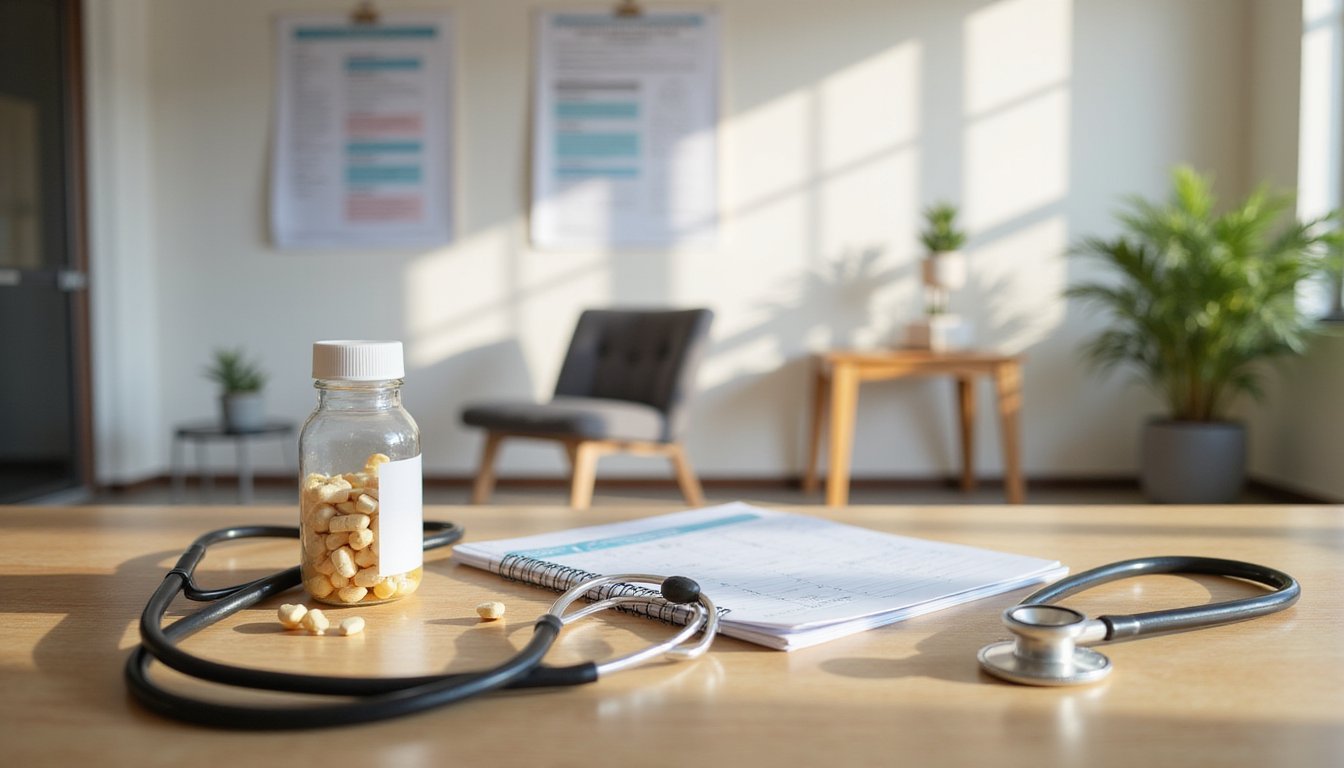 Treatment facilities provide an extensive suite of essential services designed to support individuals throughout their recovery process. You'll find thorough care that includes detoxification programs, individual counseling, and group therapy sessions, all delivered by competency-trained staff. Staff qualifications verify specialized chemical dependency care while maintaining appropriate nurse-to-patient ratios. At least thirty percent of counselors must be licensed or certified to provide treatment services.
When considering program cost considerations, you'll uncover that many facilities offer integrated services within existing healthcare settings, which can help optimize expenses. Core services typically include medication-assisted treatment, medical detox, and educational workshops focusing on recovery strategies. You'll also receive personalized recovery planning that establishes clear post-treatment goals. Facilities must develop discharge care plans that include scheduling follow-up appointments within seven days of program completion. These services are delivered in facilities that meet strict safety standards and regulatory requirements, guaranteeing you receive care in a secure, professional environment.
Treatment facilities provide an extensive suite of essential services designed to support individuals throughout their recovery process. You'll find thorough care that includes detoxification programs, individual counseling, and group therapy sessions, all delivered by competency-trained staff. Staff qualifications verify specialized chemical dependency care while maintaining appropriate nurse-to-patient ratios. At least thirty percent of counselors must be licensed or certified to provide treatment services.
When considering program cost considerations, you'll uncover that many facilities offer integrated services within existing healthcare settings, which can help optimize expenses. Core services typically include medication-assisted treatment, medical detox, and educational workshops focusing on recovery strategies. You'll also receive personalized recovery planning that establishes clear post-treatment goals. Facilities must develop discharge care plans that include scheduling follow-up appointments within seven days of program completion. These services are delivered in facilities that meet strict safety standards and regulatory requirements, guaranteeing you receive care in a secure, professional environment.
 While traditional addiction treatment approaches remain valuable, medication-assisted treatment (MAT) has emerged as a cornerstone of modern recovery programs, particularly for opioid use disorders. Despite medication implementation challenges like provider shortages and stigma, pharmacotherapy integration benefits are clear MAT drastically improves recovery outcomes and saves lives.
While traditional addiction treatment approaches remain valuable, medication-assisted treatment (MAT) has emerged as a cornerstone of modern recovery programs, particularly for opioid use disorders. Despite medication implementation challenges like provider shortages and stigma, pharmacotherapy integration benefits are clear MAT drastically improves recovery outcomes and saves lives.



